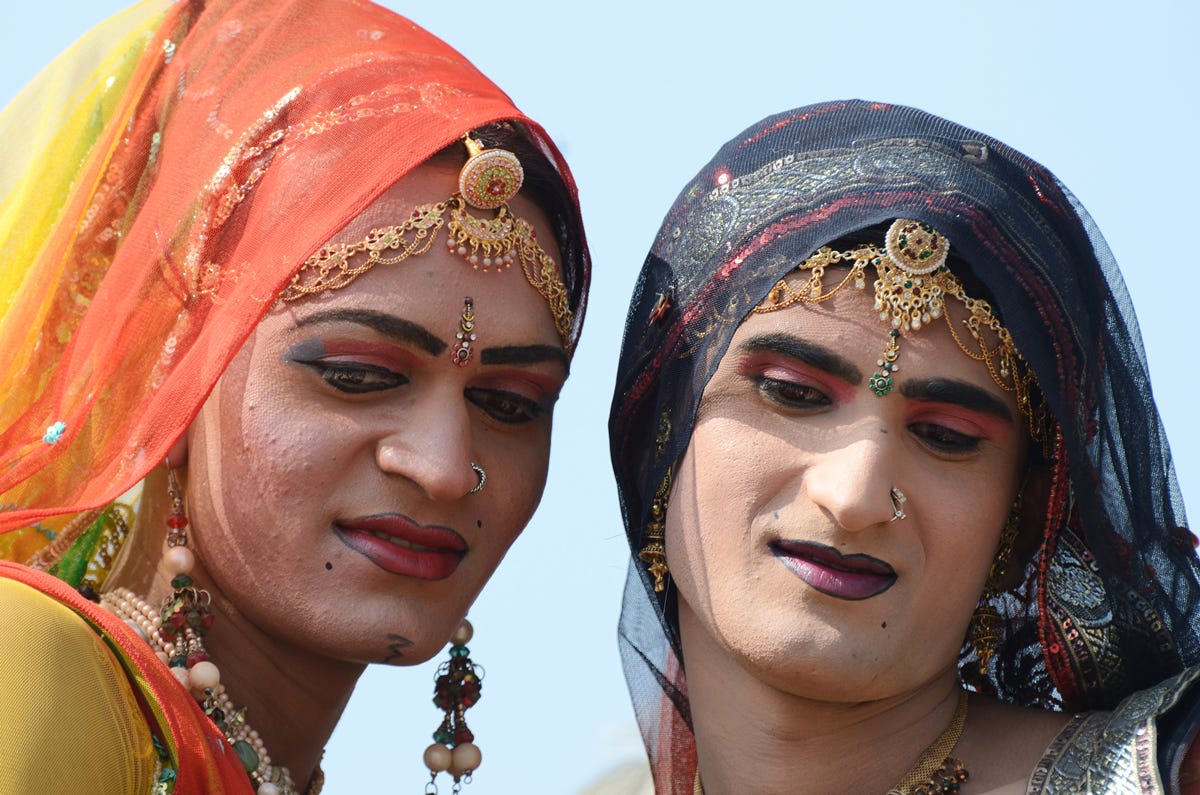Journey to the Secret Temple of India's Sacred Eunuchs
In a piece from 2012, Killough remembers a trip twenty years prior in search of the mythical temple to the patron goddess of India's holy transsexuals.
I’m reposting this to offer people a bit of my background as an amateur student of transsexuality around the world. I’ve always considered transsexuals, and hijras in particular, to be the bravest people in the world. Their conviction about being born a certain way is why I still include t…
Keep reading with a 7-day free trial
Subscribe to Q&S Post to keep reading this post and get 7 days of free access to the full post archives.



